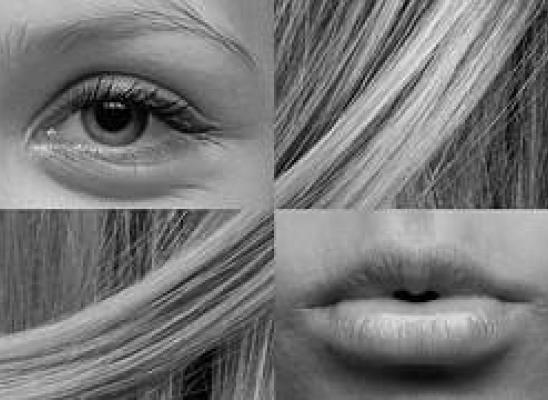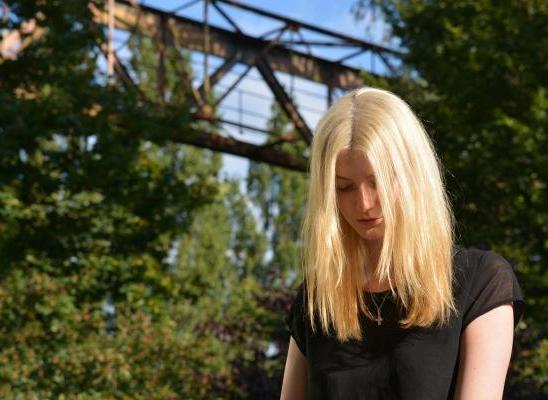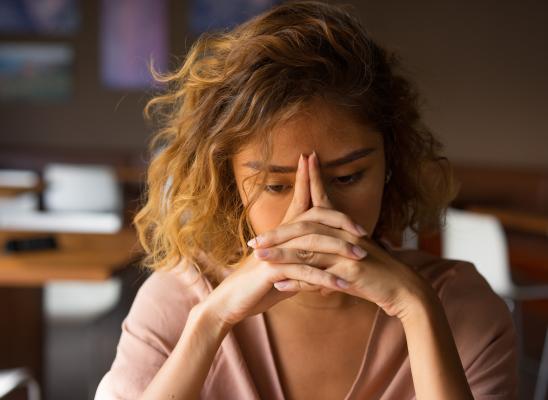Does Trichotillomania Cause Baldness?

Online test
Find out the severity of your symptoms with this free online test
 One of the most common questions that people have involving the compulsive hair pulling disorder known as trichotillomania is “does pulling hair cause hair loss and permanent baldness?”
One of the most common questions that people have involving the compulsive hair pulling disorder known as trichotillomania is “does pulling hair cause hair loss and permanent baldness?”
Because trichotillomania is the act of pulling out the hair, the disorder and hair loss go seemingly hand in hand. The answer to the question has a lot to do with the severity of the problem and the point at which you seek treatment.
Let’s look more closely at trichotillomania and hair loss below.
Does Pulling Hair Cause Hair Loss?
The repeated pulling out of hair has been shown to damage the hair follicles. Because trichotillomania is an obsessive repetitive disorder, this means that those with it often experience damaged hair follicles.
If enough hair is pulled out, these damaged hair follicles can affect hair regrowth. Much of the time the hair grows more slowly, more sparsely, or in a different way. For example, regrown hair is often coarser and kinkier than normal. Hair follicles damaged from trichotillomania often grow back as gray or white hair, even when it wasn’t before.
Unfortunately, trichotillomania is a disorder that often cycles on itself. When hair regrows coarser than normal or in a different color, the desire to pull is even stronger.
Can Hair Pulling Cause Baldness?
Hair loss in individuals with trichotillomania appears to vary widely. While most people experience bald spots or sparse areas while still compulsively pulling, the effects aren’t nearly as straightforward. In fact, they seem to be different for each person.
Some people experience little to no permanent hair loss or baldness after quitting hair pulling entirely. Their hair grows back as normal and in all the normal spots of the head. On the other hand, some people, with similar pulling habits and length of time with the disorder, experience near-permanent hair loss upon quitting hair pulling. Their hair grows back much more slowly or not at all, akin to hair loss in old age.
Permanent baldness is uncommon in those with trichotillomania. More often than not, some small amount of permanent hair loss is suffered in terms of overall regrowth.
Is Hair Loss from Hair Pulling Reversible?
As discussed above, the regrowth of hair from hair loss from hair pulling differs in everybody. In some cases, it has been shown to be completely reversible. In others, it is permanent. There appears to be no way to tell which one of the two a person will experience until long after they have quit pulling their hair.
At the very least, trichotillomania appears to at least alter the way in which the hair grows back. Gray or white colored hair as well as coarse and kinky hair is common.
Trichotillomania and Hair Loss
Trichotillomania and hair loss go hand in hand. When you compulsively and repetitively pull your hair, the hair follicles are damaged. And damaged follicles often cause hair loss and in some cases permanent baldness. Seeking treatment as early as possible is the key to minimizing hair loss from trichotillomania.
Online test
Find out the severity of your symptoms with this free online test
Start your journey with TrichStop
Take control of your life and find freedom from hair pulling through professional therapy and evidence-based behavioral techniques.
Start Now



